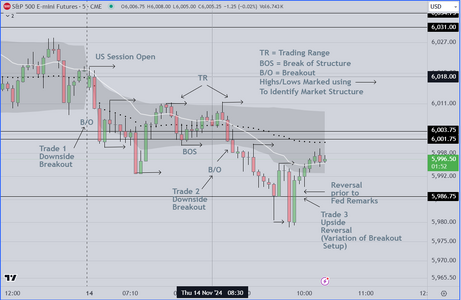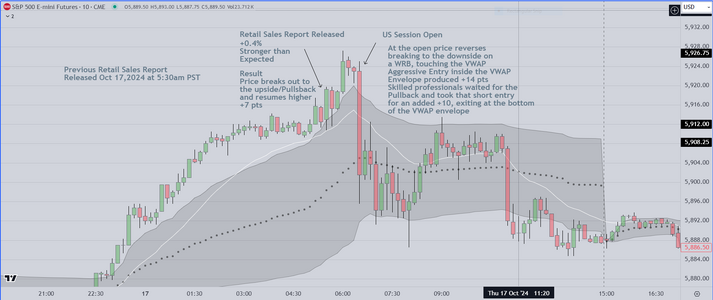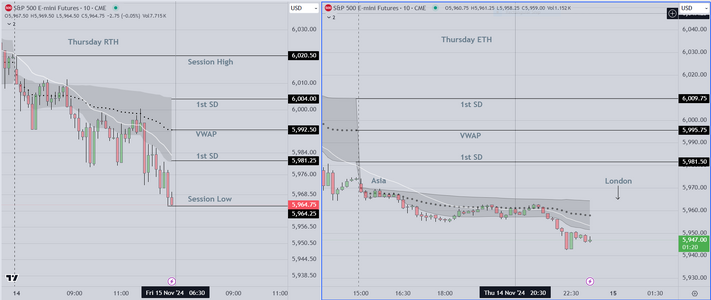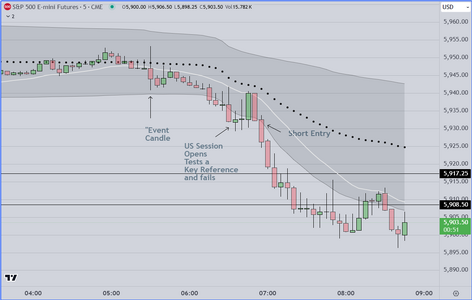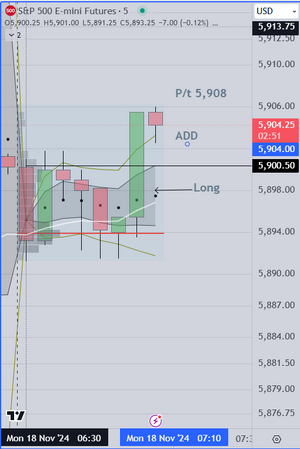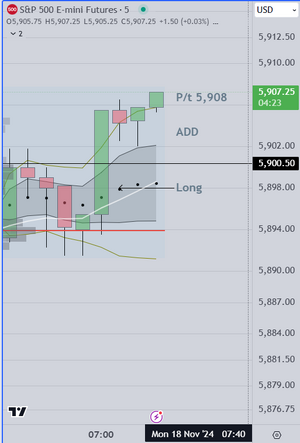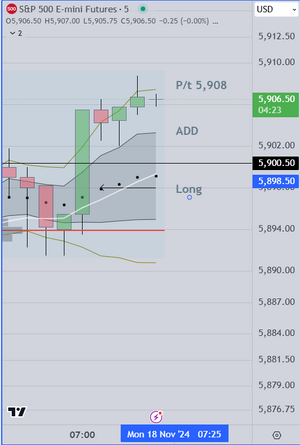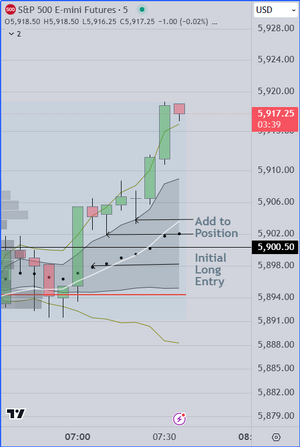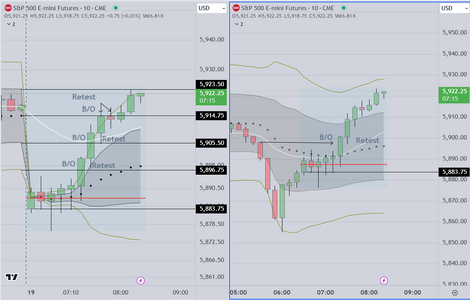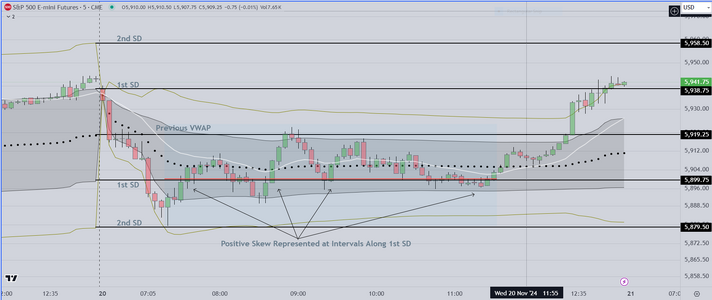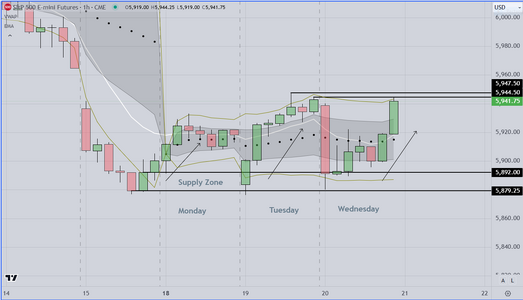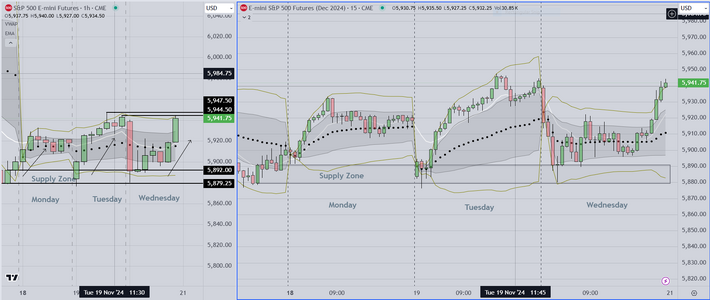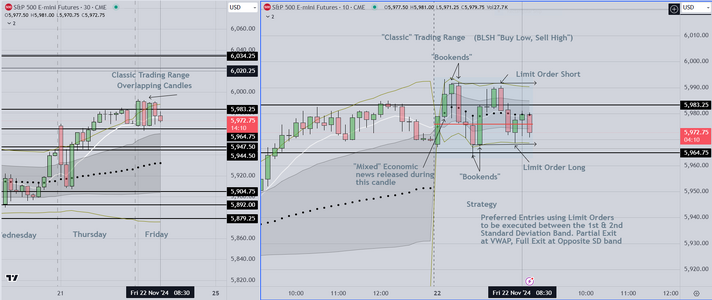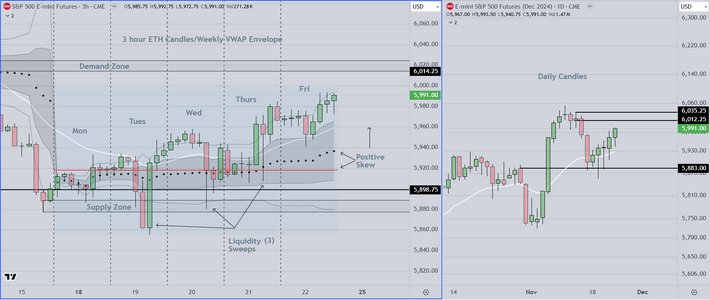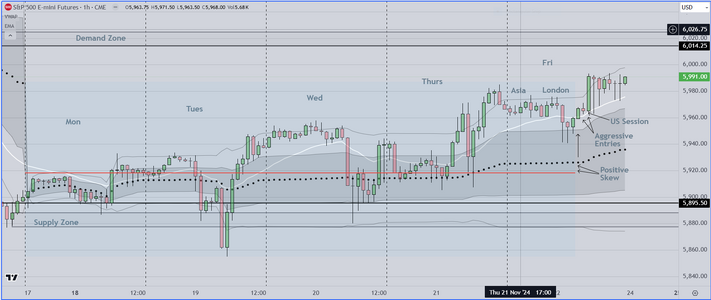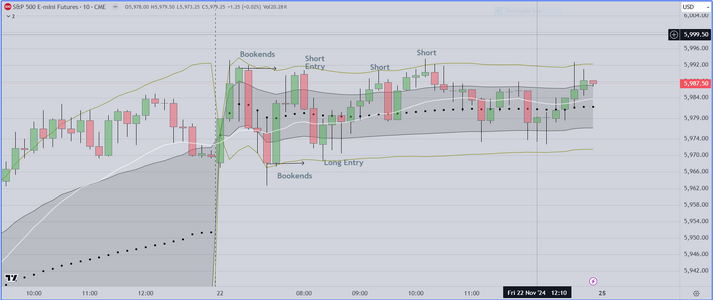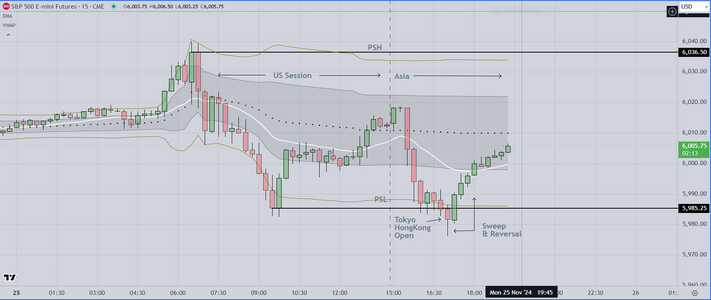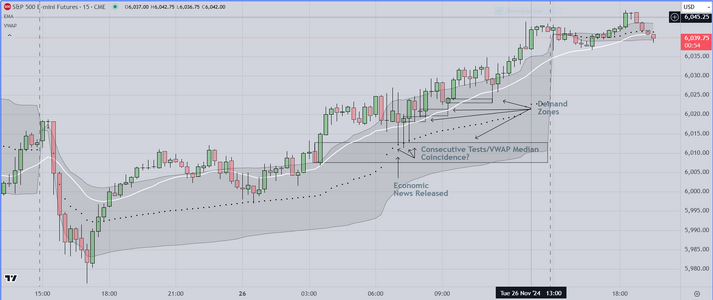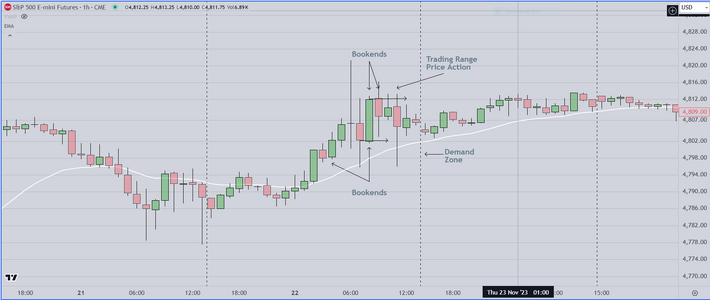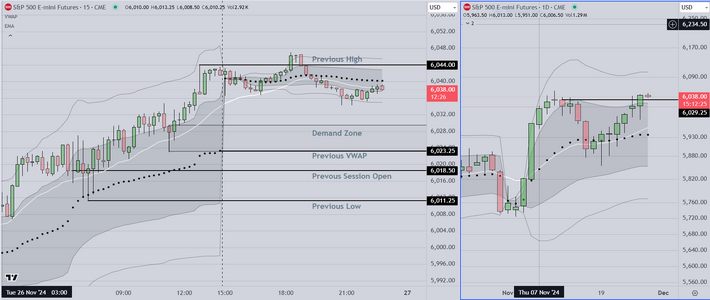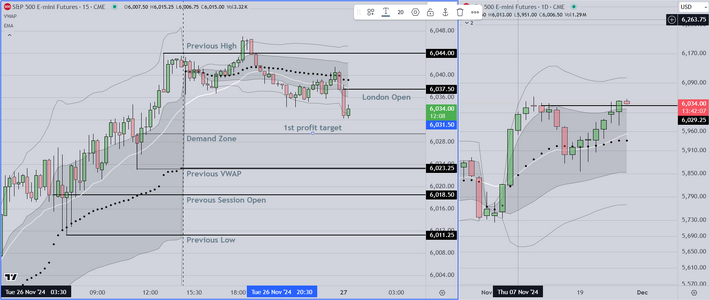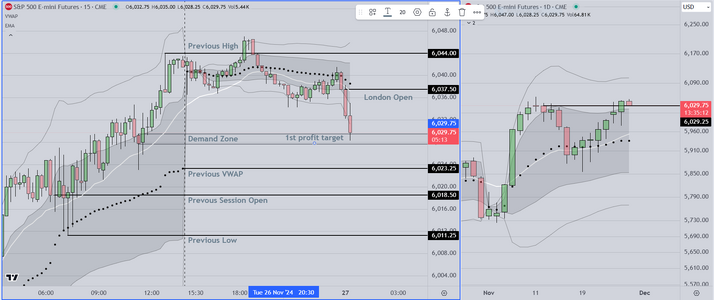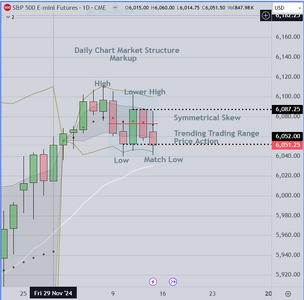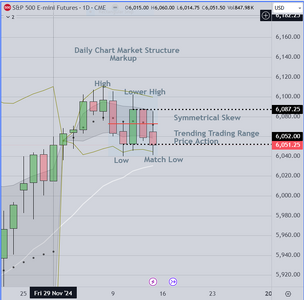We are done for the day
As seen on the chart attached below, the market opened down
providing a nice initial move for +10 pts. Skilled traders will always
act aggressively at these times of day, because they know that the
algos are moving the market and have to obtain at least 10 pts.
After that, we assume that institutions will want to move price down
to a discount level. Why? because they anticipate that Fed Chairman
Powell will have either positive or at the least neutral remarks that
will allow them to buy back their inventory and realize added profit
on the reversal (up)
We had three (3) trades, two (2) shorts and one (1) reversal scalp up
and are done for the day, out as mentioned previously prior to the
Fed comments.
Good Luck
As seen on the chart attached below, the market opened down
providing a nice initial move for +10 pts. Skilled traders will always
act aggressively at these times of day, because they know that the
algos are moving the market and have to obtain at least 10 pts.
After that, we assume that institutions will want to move price down
to a discount level. Why? because they anticipate that Fed Chairman
Powell will have either positive or at the least neutral remarks that
will allow them to buy back their inventory and realize added profit
on the reversal (up)
We had three (3) trades, two (2) shorts and one (1) reversal scalp up
and are done for the day, out as mentioned previously prior to the
Fed comments.
Good Luck

